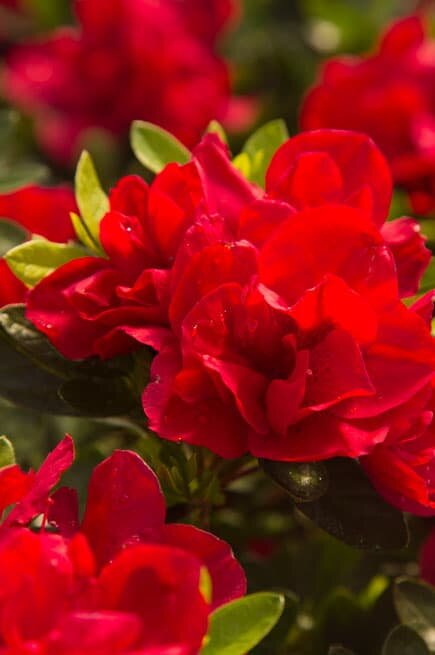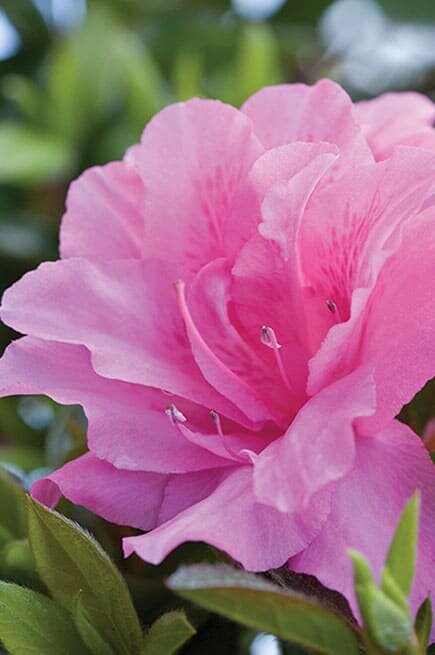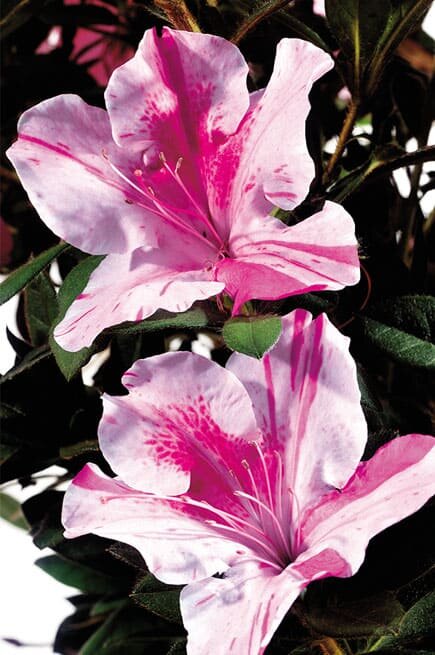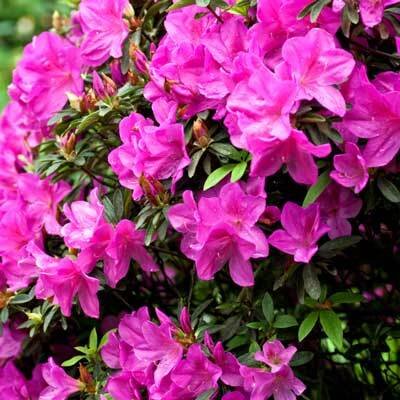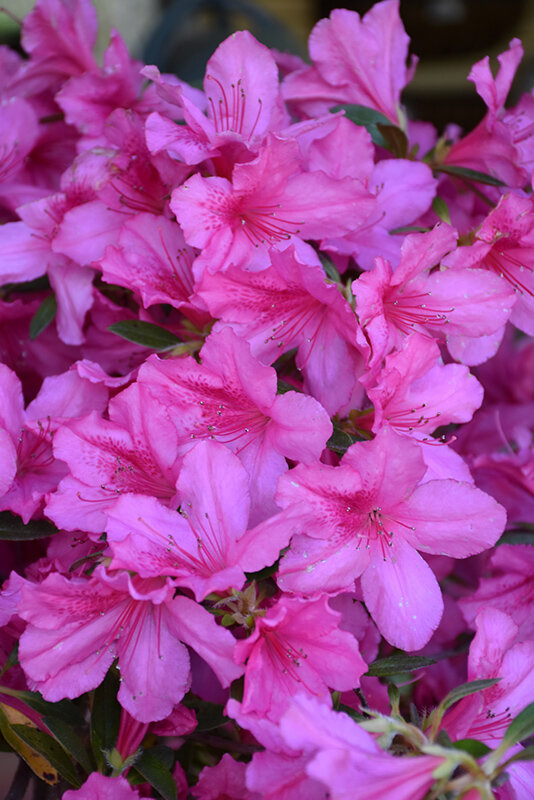All You Need To Know About The Azalea
In the Lowcountry of South Carolina, you can expect to see a wide variety of colors, species, and hybrids of the azalea.
LIGHT
Flowers last longer when plants are partially shaded. Azaleas exposed to full sun are more susceptible to lace bugs. The azalea prefers an area that is not exposed to long periods of hot full sun and drying winds.
WATERING/PLANTING
Azaleas are shallow-rooted plants that require regular irrigation (especially during the dry season). They grow best in acid, well-drained soils. Azaleas located in poorly drained sites do not receive the oxygen required for healthy growth and often develop root rot diseases. If the top few inches of soil feels dry, wet the soil deeply, to at least a depth of 6 to 8 inches.
PRUNING/THINING
Prune just after flowering in the spring. Renewal pruning, if desired, should take place just before spring growth begins. This will result in new growth by midsummer. After renewal pruning, prune the tips of new shoots when they are 6 to 12 inches long, to encourage branching and a full canopy.
Thinning, refers to the process of removing leggy or crowded branches that extend beyond the canopy. During thinning, diseases or damaged wood is all removed. Thinning encourages new growth of the azalea.
POTENTIAL PROBLEMS
Chlorosis, or yellowing of leaves, may occur in azaleas due to iron levels. If your soil’s pH is too high, iron may need to be supplemented to ensure the health of the azalea. If your soil has a low pH and chlorosis still occurs, root rot or insects may be at play.
Azaleas are susceptible to damage in the cold. You can prepare them by spreading a thick layer or mulch or pine straw to insulate their roots, prior to the cold weather and stop irrigating. Covering of the azaleas may be necessary if the weather dips below freezing.



